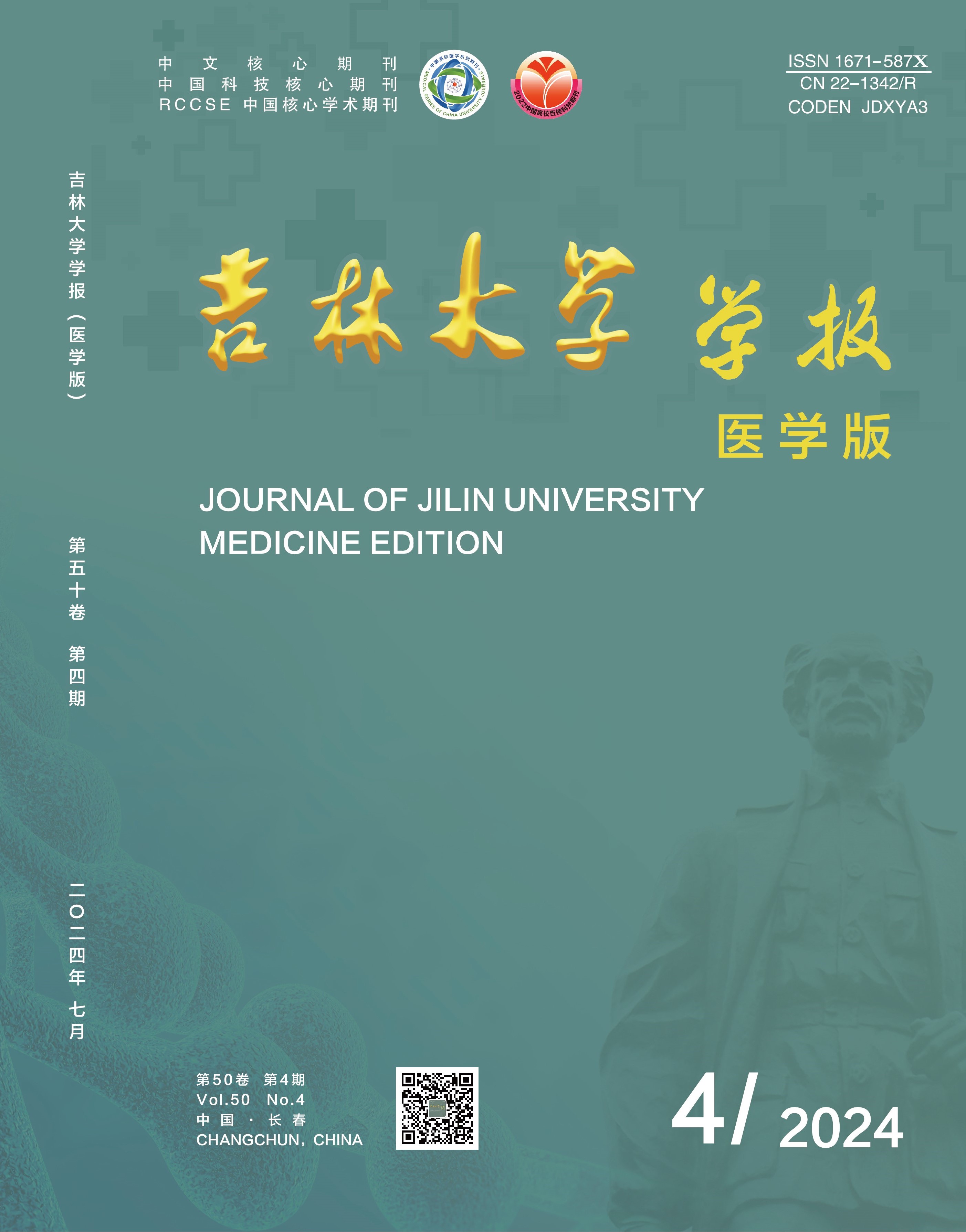|
|
Application of vitamin D level in nutritional status evaluation of patients with chronic kidney disease and its significance
LI Jing, LI He, ZHAO Ting
Journal of Jilin University(Medicine Edition). 2019, 45 (05):
1113-1118.
DOI: 10.13481/j.1671-587x.20190524
Objective:To study the vitamin D levels and deficiency rates in the patients with chronic kidney disease (CKD) in different stages, and to clarify the value of serum vitamin D levels in the evaluation on nutritional status of the patients with CKD. Methods:The patients diagnosed as CKD in the Department of Nephrology and volunteered to participate in the survey were selected as the subjects. According to the different renal function stages, the patients were divided into early stage (CKD1-2 stage) group(n=115),middle and late stage(CKD3-5 stage) group(n=131) and dialysis group(n=38); the serum 25(OH) D levels and vitamin D deficiency rates of the patients in various groups were compared. According to K/DOQI guidelines, the patients were divided into vitamin D deficiency group(n=196), vitamin D insufficiency group(n=76), and vitamin D sufficiency group(n=12); the red blood cell (RBC) count, hemoglobin (Hb), hematocrit (Hct), mean red blood cell volume (MCV), mean red blood cell hemoglobin (MCH), mean red blood cell hemoglobin concentration (MCHC), serum albumin (Alb), prealbumin (PA), total protein (TP), creatinine (Cr), blood urea nitrogen (BUN), 25 hydroxy vitamin D[25(OH)D] and urea protein (Up) of the patients in various groups were compared. The serum 25(OH) D-related factors were analyzed by Spearman correlation analysis method; the influencing factors of serum 25 (OH) D level were analyzed by multiple linear regression analysis. Results:The vitamin D deficiency rates of the patients in early stage group, middle and late stage group, and dialysis group were 77.4%, 66.4%, and 52.6%, respectively; the serum 25(OH) D level of the patients in early stage group was significantly lower than those of the patients in middle and late group and dialysis group (P<0.05); the vitamin D deficiency rate of the patients in early stage group was significantly higher than that of the patients in dialysis group (P<0.05).The count of RBC,the level of Hb,and Hct of the patients in vitamin D deficiency group were significantly lower than those of the patients in Vitamin D insufficiency group (P<0.05).The Cr levels of the patients in vitamin D deficiency group and vitamin D insufficiency group were significantly lower than that in vitamin D sufficiency group (P<0.05).The levels of Alb and TP of the patients in vitamin D deficiency group were significantly lower than those in other two groups (P<0.05); the level of Up in vitamin D deficiency group was significantly higher than that in vitamin D deficiency group (P<0.05).The Spearman correlation analysis results showed that the serum 25(OH) D level was positively correlated with the RBC count, Hb level, Hct, MCV, Cr, PA, Alb,and TP levels(r=0.199,P=0.01;r=0.232,P<0.01;r=0.232,P<0.01;r=0.131,P=0.028;r=0.147,P=0.013;r=0.277,P<0.01;r=0.696,P<0.01;r=0.677,P<0.01); and it was negatively correlated with Up (r=-0.603, P<0.01).When 25 (OH) D was selected as the dependent variable,the RBC count, Hb, Hct, MCV, PA, Alb, TP, Cr, and Up as the independent variables, multiple linear regression analysis was performed; as Hb was positively correlated with Hct and the RBC count(r=0.974, P<0.01; r=0.943, P<0.01) and Alb was positively correlated with TP (r=0.874, P<0.01), Hb, MCV, PA, Alb, Cr,and Up were selected as the independent variables in order to avoid collinearity. The multiple linear regression analysis results showed that Alb and Up were the independent factors of 25(OH) D level. Conclusion:Vitamin D deficiency is a serious problem in the patients with CKD in Dalian area, especially in the patients with early stage CKD. The too low serum 25(OH)D levels are associated with anemia, hypoproteinemia, and urinary protein loss in the patients with CKD.
References |
Related Articles |
Metrics
|

 Table of Content
Table of Content
 Guide to Authors
Guide to Authors


